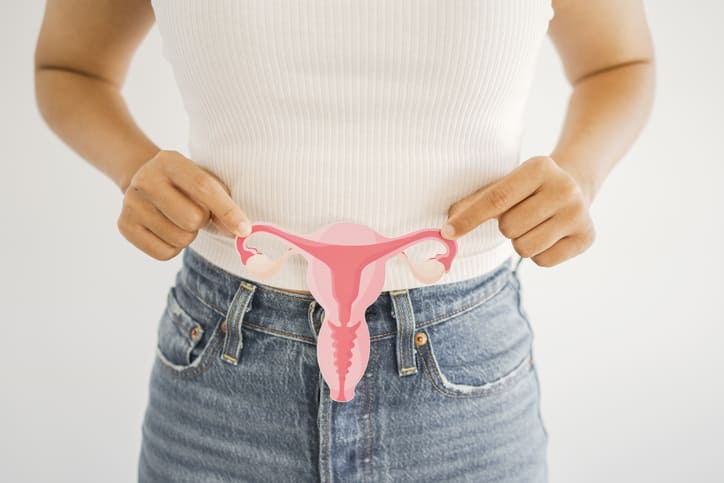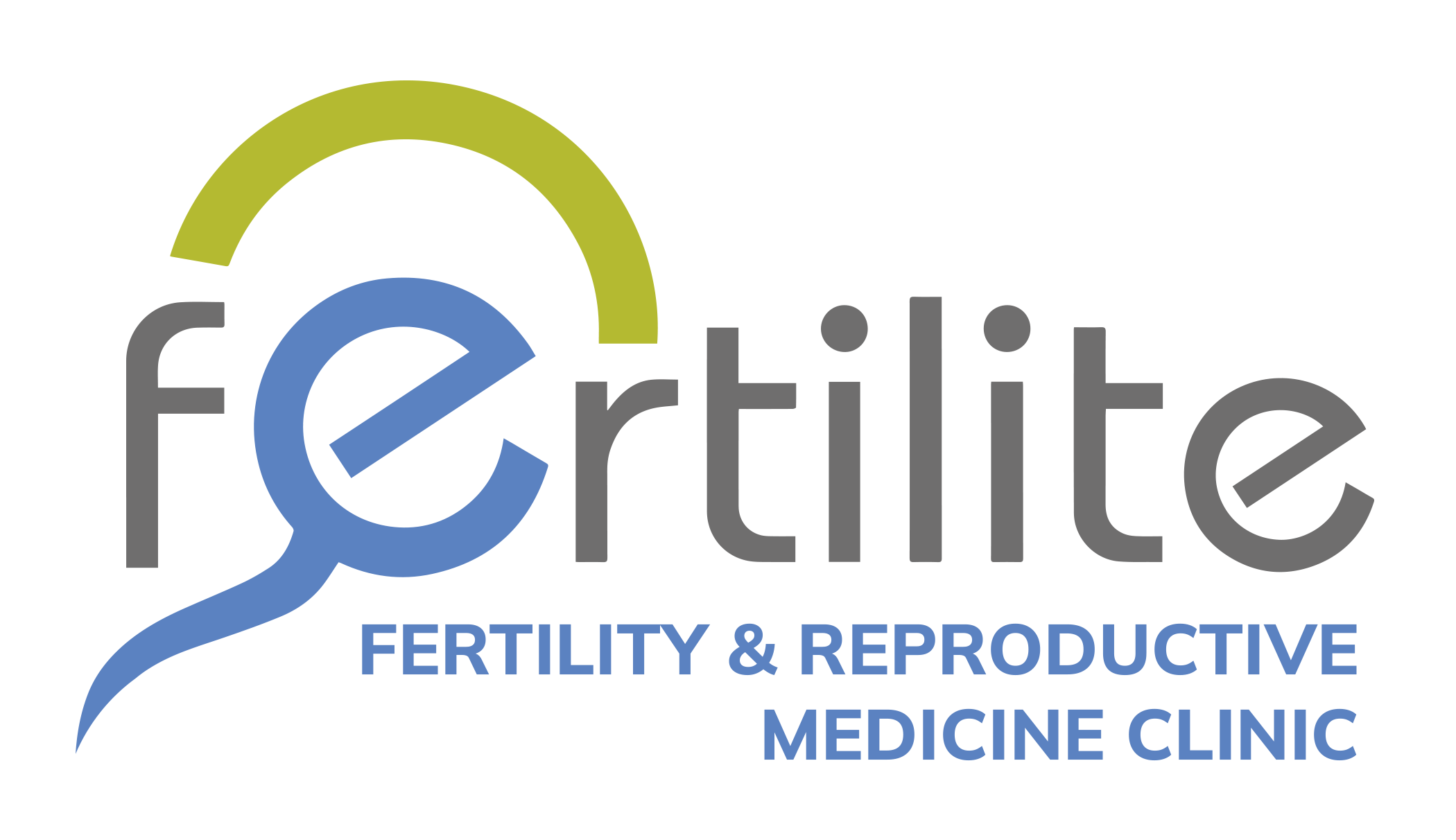Office hysteroscopy is a minimally invasive procedure that plays a key role in innovative infertility treatment options. This gynecological technique allows doctors to visualize the inside of the uterus using a small camera called a hysteroscope. It is performed on an outpatient basis, without the need for hospitalization or general anesthesia, making it a convenient option for patients.
This procedure is highly recommended in clinics offering infertility treatments since it helps diagnose and treat uterine conditions that could hinder the success of fertility procedures like intrauterine insemination (IUI) and in vitro fertilization (IVF).
How is Office Hysteroscopy Performed?
During the procedure, the doctor inserts a hysteroscope through the cervix to examine the uterine lining. The process usually takes only 10 to 15 minutes. Patients may experience mild discomfort, but the procedure doesn’t require extended recovery. Most patients can resume normal activities shortly after the visit.
Why is Office Hysteroscopy Important for Assisted Reproduction?
Office hysteroscopy plays a crucial role in innovative infertility treatments, helping to identify and resolve uterine issues before starting a fertility cycle. By addressing these concerns, the uterus becomes better prepared to receive an embryo, increasing the chances of success for treatments such as IUI and IVF.
Here are some common conditions that hysteroscopy can detect and treat:
- Endometrial polyps: Benign growths in the uterine lining that may interfere with embryo implantation.
- Submucosal fibroids: Non-cancerous tumors inside the uterus that can alter its shape and reduce fertility success rates.
- Uterine adhesions (Asherman’s syndrome): Scar tissue that can obstruct the uterine cavity and impair conception.
Benefits of Office Hysteroscopy

1. Quick and Accurate Diagnosis
Office hysteroscopy allows doctors to diagnose and resolve uterine issues in a single visit, saving time and optimizing treatment schedules.
2. Minimally Invasive Procedure
The procedure is less invasive than other surgical interventions, as it doesn’t require general anesthesia or hospitalization. Recovery time is short, and patients can quickly resume their daily activities.
3. Optimizes Fertility Treatments
Preparing the uterus before starting fertility treatments ensures better results. Clinics offering infertility treatments recommend office hysteroscopy to increase the chances of implantation and pregnancy.
When to Consider Office Hysteroscopy?
Office hysteroscopy is especially helpful for women with a history of failed fertility treatments or those with irregular menstrual cycles. Additionally, it is beneficial for patients undergoing affordable infertility treatment options, as it ensures the most efficient use of resources by improving the success rate of fertility cycles.
If you are planning to undergo IUI, IVF, or any other assisted reproduction procedure, consulting with a specialist at clinics offering infertility treatments can help determine if hysteroscopy is necessary. This ensures that your fertility journey starts with the best possible conditions for success.
Conclusion
Office hysteroscopy is a valuable tool in innovative infertility treatments. By detecting and treating uterine abnormalities early, it ensures that the uterus is in optimal condition for fertility procedures like IVF and IUI. Whether you are seeking affordable infertility treatment options or consulting with clinics offering infertility treatments, this minimally invasive procedure plays an essential role in enhancing the chances of pregnancy.
Curious if hysteroscopy could benefit your fertility plan? Connect with our specialists and explore the best options tailored to your needs.




